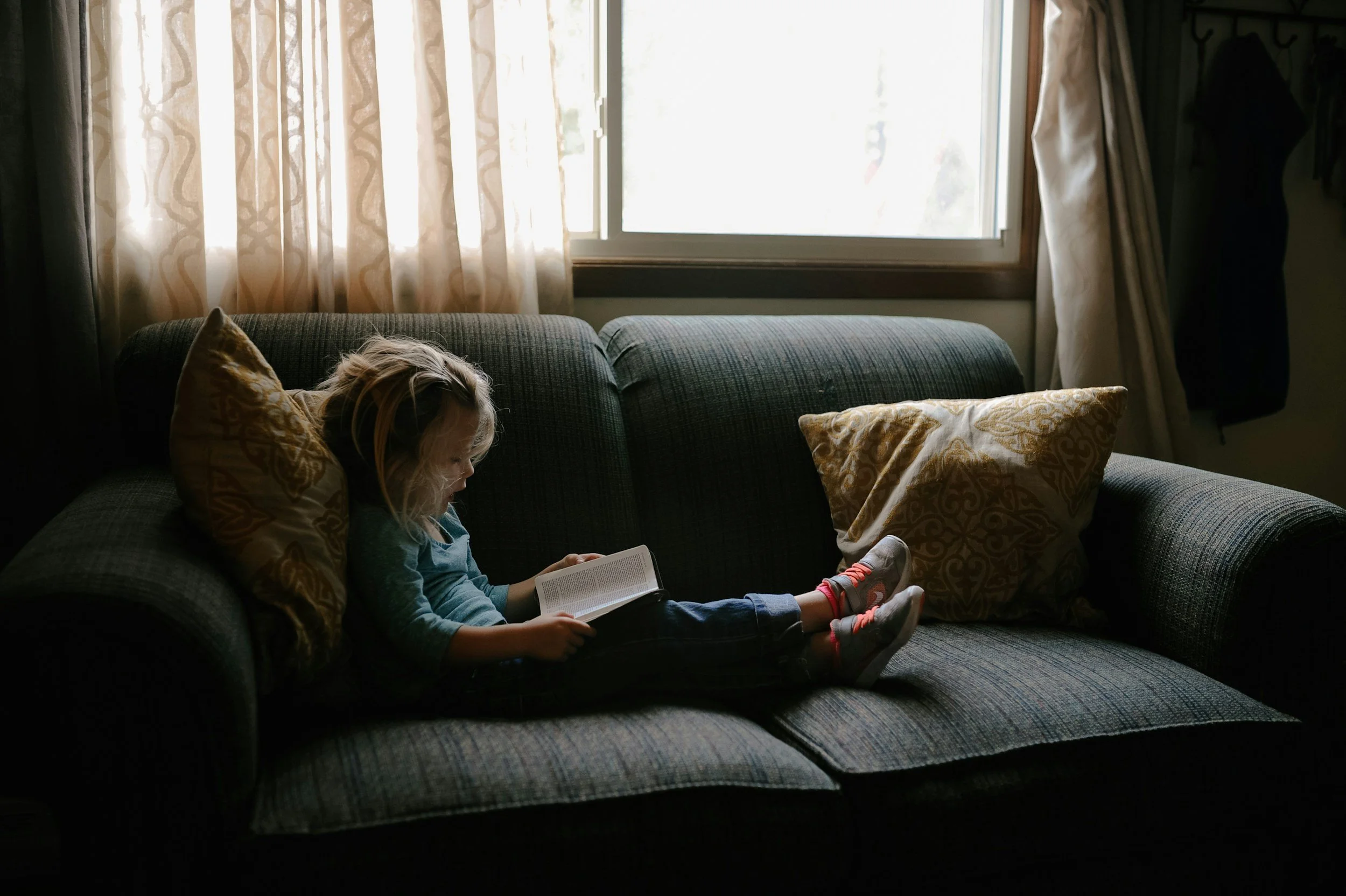5 Lessons from Bluey Parents Can Use to Explain Divorce to Their Kids
Sometimes when we’re transitioning our families to divorce, parents can feel overwhelmed or confused at how to explain the transition to their children. It’s at times like these that we turn to television shows to help us learn the lessons we need to explain to our kids about the transition to divorce. Bluey, the beloved Australian children's television series, offers valuable lessons that parents can utilize to explain divorce to their children in a compassionate and understanding manner.
Here are five key lessons from Bluey that parents can use to explain divorce to their children:
1. Honesty and Open Communication: Bluey teaches us the importance of honest and open communication within families. When discussing divorce with children, it's crucial to provide age-appropriate information and encourage them to ask questions. Being transparent about the changes that will occur can help alleviate uncertainty and fear.
2. Emotional Support and Reassurance: Throughout Bluey, we see the characters supporting each other emotionally during challenging times. Similarly, parents should reassure their children that they are loved and supported, regardless of the changes happening in the family dynamic. Offering a safe space for children to express their feelings can help them cope with the transition.
3. Maintaining Routine and Stability: Bluey emphasizes the significance of routine and stability in a child's life. Amidst the changes brought about by divorce, parents can strive to maintain consistency in daily routines and activities. Establishing a sense of predictability can provide children with a sense of security during uncertain times.
4. Adapting to Change: Bluey and her family often navigate new experiences and adapt to change together. Parents can encourage their children to embrace change as a natural part of life and reassure them that they will navigate the transition as a family. Helping children develop resilience and flexibility can empower them to cope with life's challenges.
5. Fostering Positive Relationships: Bluey emphasizes the importance of nurturing positive relationships with family members and friends. When discussing divorce, parents can emphasize that while the family structure may change, the love and connection between family members remain unchanged. Encouraging children to maintain healthy relationships with both parents and fostering a supportive network can help them navigate the transition with resilience and optimism.
By incorporating these lessons from Bluey into conversations about divorce, parents can help their children understand and cope with the changes in their family dynamics with empathy, reassurance, and resilience. Check out more resources below!









